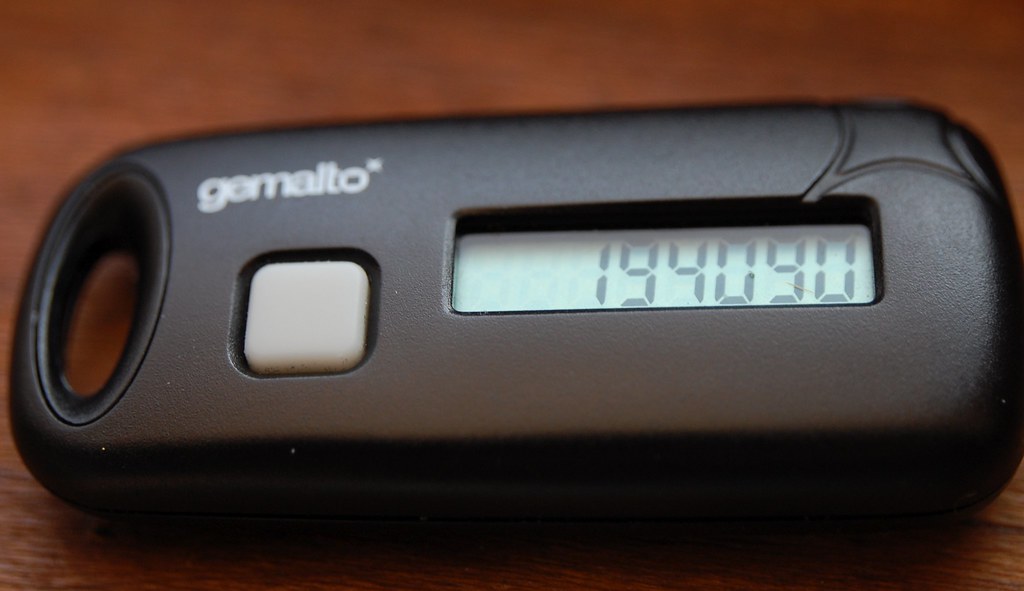The Benefits of Using Multi-Factor Authentication While Browsing
Multi factor authentication (MFA) is a security feature that mandates users to provide forms of identification before they can access their online accounts or systems. This method significantly boosts security compared to the single factor authentication, which typically relies solely on a password. MFA plays a role in safeguarding sensitive information during internet use reducing the chances of unauthorized access and potential cyber threats.

How Multi Factor Authentication Functions
MFA entails combining two or more credentials to validate a users identity. These credentials fall into three categories;
- Something you know; Like a password or PIN.
- Something you have; Such as a device like a smartphone or hardware token.
- Something you are; Including data such as fingerprints or facial recognition.
For example when accessing a banking account you may first enter your password (something you know) and then receive a code on your smartphone (something you have). This layered approach adds a layer of security making it harder for unauthorized individuals to gain entry.
Benefits of Utilizing MFA
Implementing multi factor authentication offers numerous impactful advantages;
- Enhanced Security; MFA offers strong protection, against cyber threats by necessitating multiple verification methods. If one element is compromised unauthorized access is still unlikely without the other components.
- Reduced Risk of Identity Theft; In todays world where data breachesre on the rise identity theft has become a major concern. MFA helps address this risk by adding a verification step ensuring that only authorized users can access sensitive information.
- User Convenience; Modern MFA solutions often incorporate user features such as push notifications or biometric scans making the authentication process smooth and efficient.
Challenges and Considerations
While MFA offers advantages there are challenges and considerations to bear in mind;
- User Adoption; Some users may find the additional steps burdensome and might resist using MFA. Providing instructions and emphasizing the security benefits can help address these concerns.
- Implementation; Implementing MFA may necessitate investing in technologies or systems. Nonetheless the cost is usually justified by the security it offers.
- Compatibility Issues; Ensuring that all users devices are compatible with MFA solutions can be a hurdle in diverse organizational settings with various devices and operating systems.
MFA Methods; A Comparison
| MFA Method | Pros | Cons |
|---|---|---|
| Password + SMS Code | Easy to set up; utilized; cost effective. | Vulnerable to SIM swapping; dependent, on cellular networks. |
| Password + Authenticator App | More secure than SMS; works offline; widely supported. | User must have smartphone; initial setup required. |
| Password + Biometrics | Highly secure; user-friendly; difficult to replicate. | Requires compatible hardware; privacy concerns. |
| Password + Hardware Token | Extremely secure; not dependent on network connectivity. | Can be lost or stolen; additional cost for tokens. |
In real world scenarios, Multi Factor Authentication (MFA) is extensively utilized across industries and applications due to its proven track record in bolstering security measures. MFA finds application in sectors such as online banking, where financial institutions leverage it to safeguard customer accounts from unauthorized access by employing verification codes sent via phone or email post password entry.
Email service providers like Google and Microsoft advocate for MFA adoption to enhance protection against phishing attempts and unauthorized account takeovers. For instance Google employs its Authenticator app or hardware keys, as security layers (google.com).
Moreover in setups many organizations mandate MFA usage by employees accessing internal systems remotely to restrict sensitive business data access solely to authorized personnel. Microsoft Office 365 offers integrated MFA options tailored for businesses security needs (microsoft.com).
E commerce Platforms; Online stores use MFA to protect customer information and transactions preventing fraud and ensuring that purchases are made by authorized users.
Sensitive Government Data; Government organizations often employ security measures, including MFA to safeguard classified data from cyber threats.
The Future of Multi Factor Authentication
The evolving landscape of cybersecurity threats calls for advancements in authentication technologies. Innovations like authentication and behavioral analysis are emerging as effective solutions to enhance security. Behavioral biometrics assess patterns such as typing speed and mouse movements adding a layer of verification without disrupting the user experience. Moreover progress in intelligence (AI) is expected to bring about more advanced MFA methods that can adapt dynamically to evolving threats.
The rise of passwordless authentication methods is a growing trend. These approaches eliminate the need for passwords by relying on biometrics or cryptographic keys stored on users devices. This simplifies the login process while upholding security standards.
The importance of MFA, in bolstering security cannot be overstated. By requiring forms of verification it significantly reduces the risk of unauthorized access and data breaches. While challenges persist regarding user acceptance and implementation costs the advantages outweigh these considerations.
The outlook for factor authentication appears bright with ongoing technological progress focusing on enhancing security and user satisfaction. As cyber risks grow more complex implementing authentication measures such as MFA will be essential, for protecting confidential data during online activities.